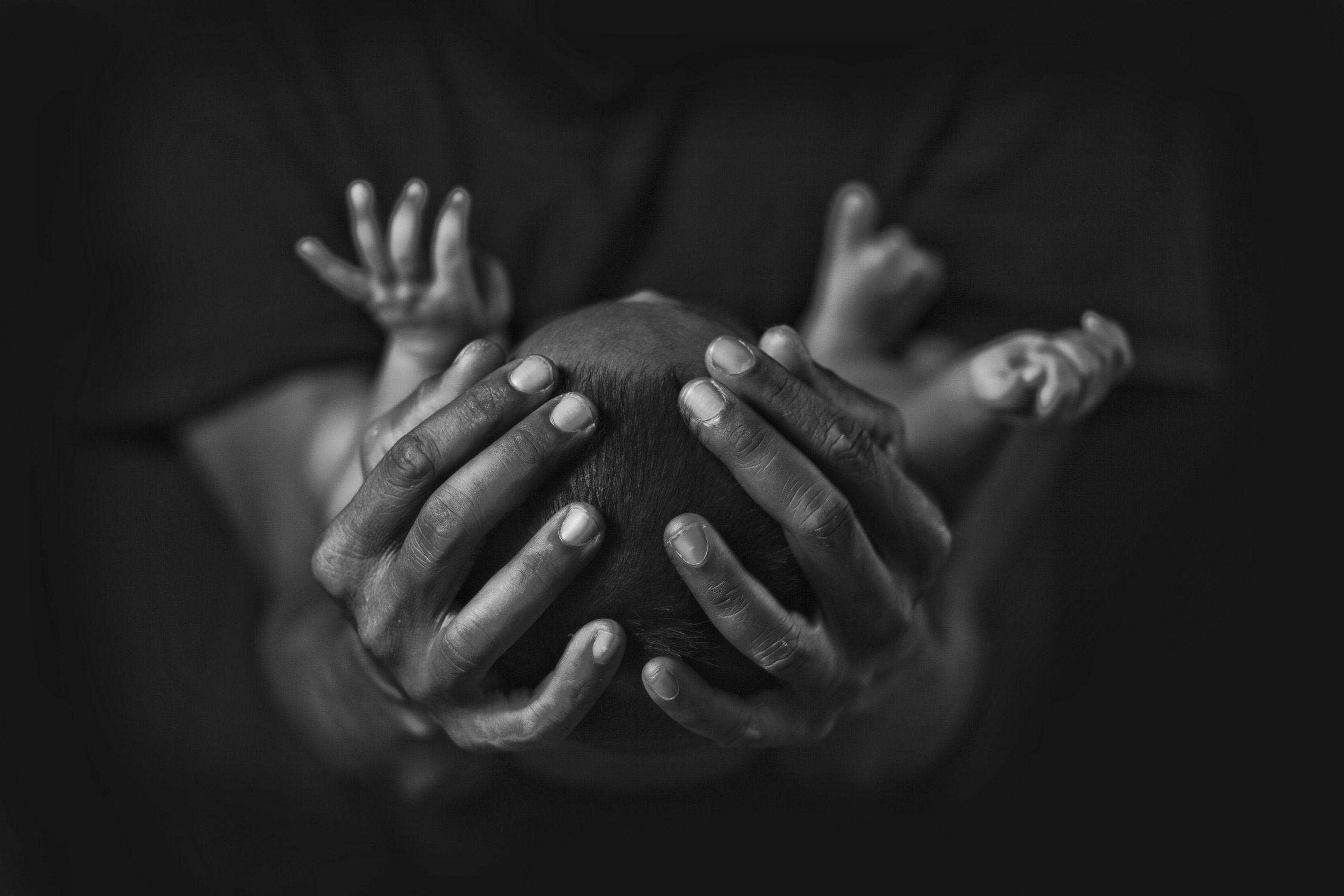
Traveling recently through Southeast Asia and East Africa, I have been both amazed and appalled by how big data and other digital innovations are changing people’s lives—or not.
On one hand are farmers, mostly men, who are seeing technology boost their livelihoods. Even in the poorest communities, farmers are using mobile apps to aggregate data across farms and parse it using artificial intelligence. They receive critical insights for business decisions such as determining the best time to plant and when and where to sell. Often available at low cost, the apps are a game-changer in countries like India, where more than half of the population depends on agriculture for income.
On the other hand, this sort of technology is not typically available to community health workers, the 5 million-strong workforce who provide a trusted and essential link to health services in their community, and are on the frontlines of protecting families from preventable disease. Community health workers, mostly women, write down by hand details about mothers and children visited and services administered. They report their tallies to government recordkeepers, and the value of the data ends there. The workers themselves get practically nothing back from the data they collect—no insights to advise on the life-saving work they do each day.
Data is revolutionizing numerous aspects of people’s lives, but not for all people equally. We are missing huge opportunities to use new data-driven innovations to improve the health of the poorest and most vulnerable, especially mothers and young children.
If you are looking for big data to have a big impact, one of the greatest needs is helping community health workers prevent maternal and newborn deaths. Although the rate of women dying from pregnancy and childbirth has declined significantly over the past decade, more than 800 women still lose their lives while giving life every day. In addition, last year 2.5 million children died before they were one month old.
The vast majority of maternal and newborn deaths are preventable with relatively simple and inexpensive tools, but too often the right life-saving intervention fails to reach the right person at the right time. This is where big data could be transformative, particularly in poorer and remote areas, by providing critical intelligence to help community health workers prioritize and triage care and resources to those most at risk. In sub-Saharan Africa, the number of people with access to mobile phones now outpaces those with electricity, offering an important opportunity to boost health workers’ ability to reach the most vulnerable.
To understand the potential of big data to improve the health of mothers and children, put yourself in the shoes of a community health worker. You are responsible for keeping track of the health of scores of families and making rapid decisions about who to visit and when. You need to focus on stopping problems before they occur, but often you are able to respond only after the fact, if you can respond at all.
Now imagine that your mobile phone could provide the same kind of precise guidance about patients as it can give small farmers about their crops. If 10 mothers-to-be are on your list to visit today but you have time to reach just five, predictive analytics would suggest which women have the highest-risk pregnancies and require urgent attention. When those mothers give birth, the analytics would predict which newborns are most likely to struggle to survive, so you can intervene.
Overlaying health data with data on factors like weather, transportation options, and road conditions could create opportunities for even greater impact. Perhaps an entire team of health workers needs to be quickly directed to a community where a terrible storm is predicted to flood the roads, blocking the area’s lone ambulance from reaching a health center in the nearest city.
Unfortunately, the best minds in technology and data science tend not to focus on empowering community health workers with data analytic tools. Private sector innovation is not reaching the developing world, especially community health workers, because there is limited commercial opportunity. This leads to lack of investment, data infrastructure, information quality, and talent. To help remedy that, The Rockefeller Foundation—for which I work as Senior Vice President of Health—announced in September 2019 a $100 million initiative to bring data science innovations to community health workers around the world, starting in 10 countries, with the goal of saving at least 6 million lives over the next decade.
Although change will not happen overnight, I am optimistic we can achieve a shift in mindset across governments and the private sector that says technology should be for the benefit of everyone. After all, the world has come together before to insist that technology be used equitably to improve health. Consider how since 2000 we have dramatically expanded the number of children globally receiving the measles vaccine and saved more than 20 million lives, or how over the same period, we distributed antiretroviral medicines to more than 13 million people with HIV in Africa.
The question facing the world is not what we are capable of, but what we have the will to accomplish. We can allow advances in big data and digital innovation to divide us, and further worsen inequalities. Alternatively, we can harness technology to reduce the gaps between the haves and have-nots and build a healthier world for everyone.
More Must-Reads From TIME
- The 100 Most Influential People of 2024
- The Revolution of Yulia Navalnaya
- 6 Compliments That Land Every Time
- Stop Looking for Your Forever Home
- If You're Dating Right Now , You're Brave: Column
- The AI That Could Heal a Divided Internet
- Fallout Is a Brilliant Model for the Future of Video Game Adaptations
- Want Weekly Recs on What to Watch, Read, and More? Sign Up for Worth Your Time
Contact us at letters@time.com